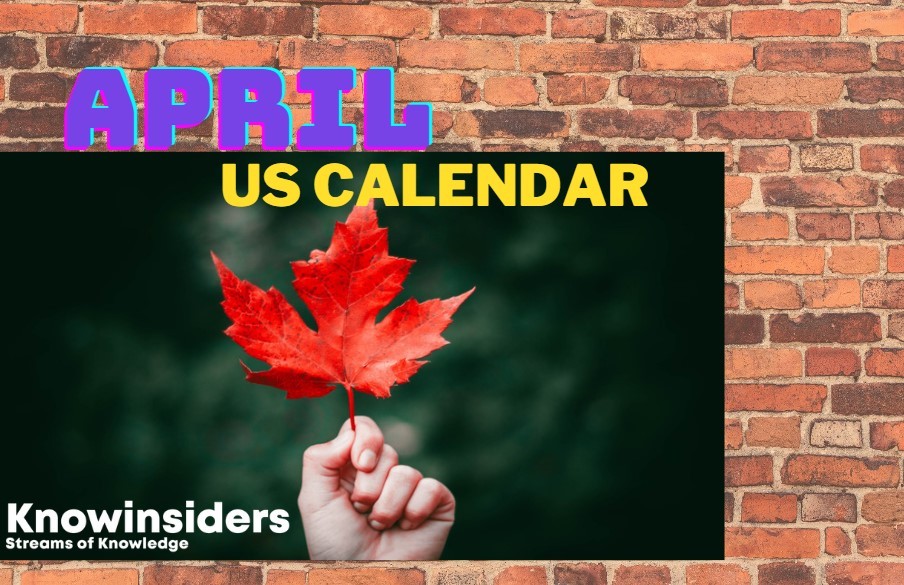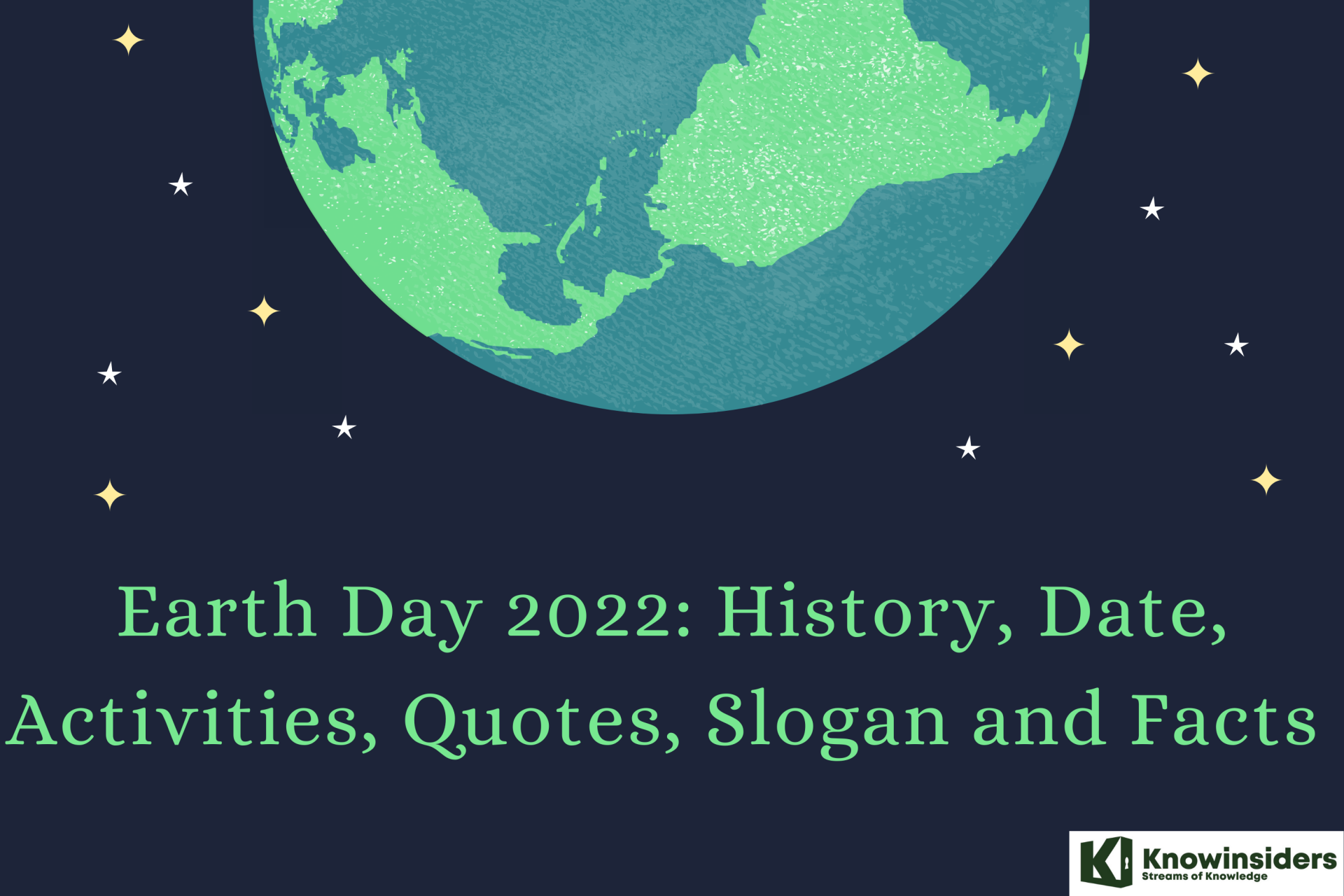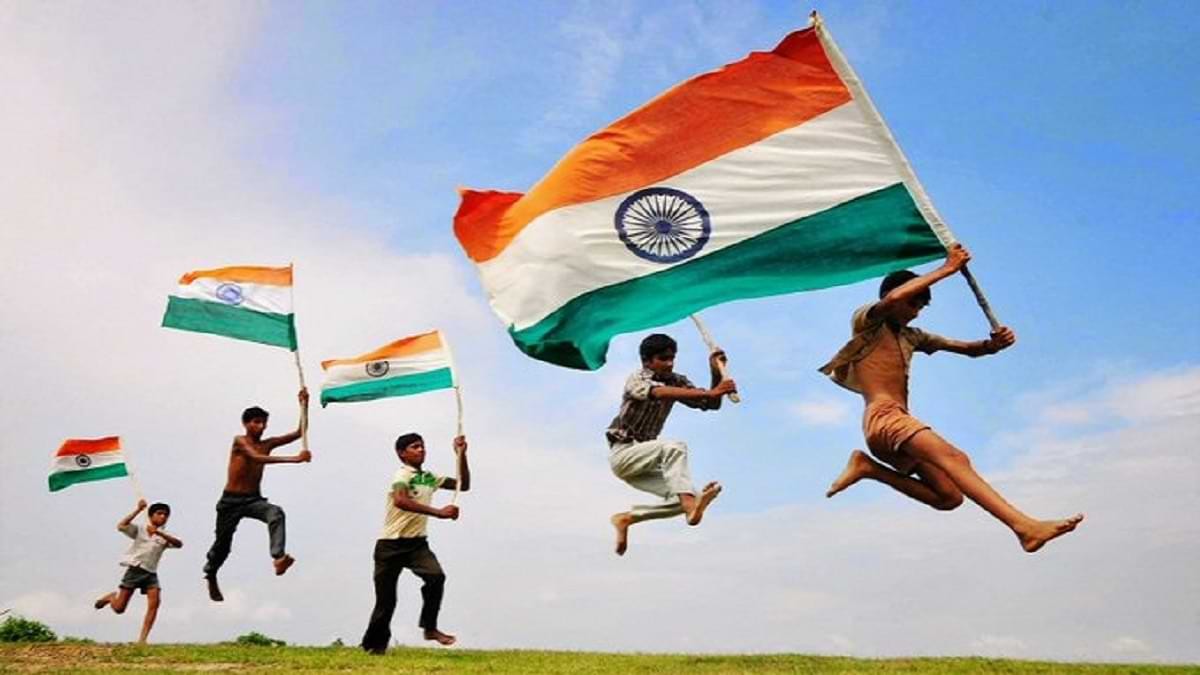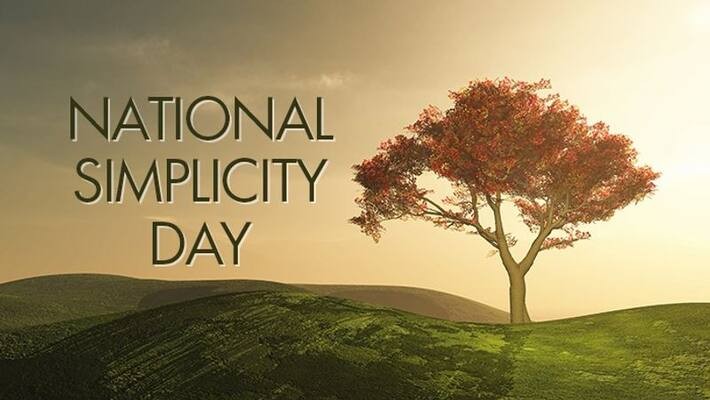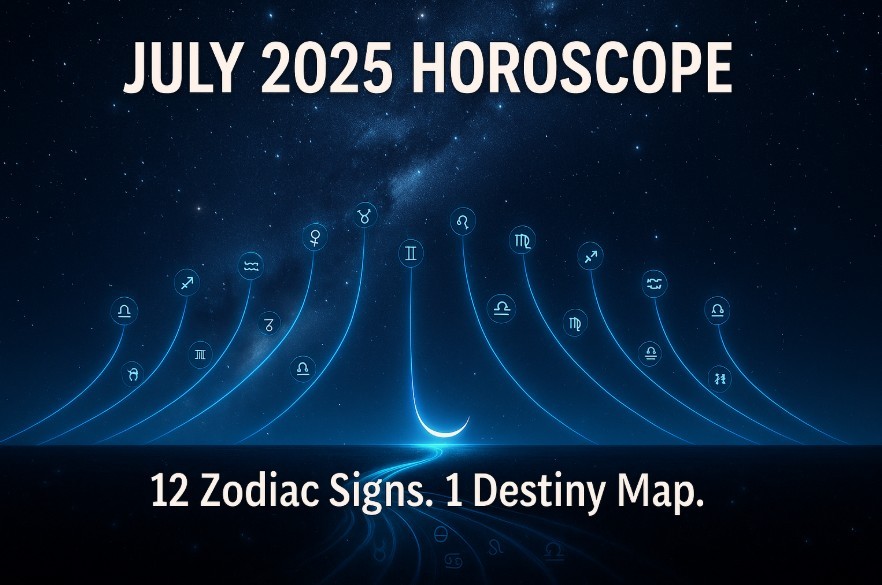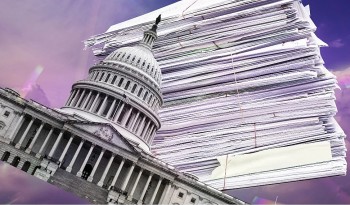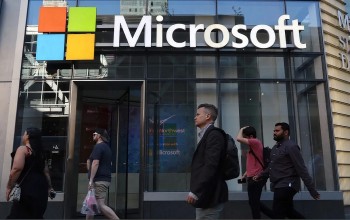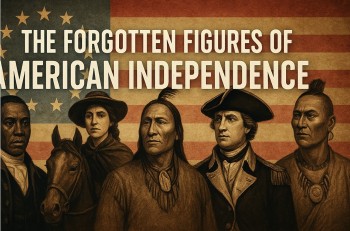What Is Earth Day? Date, History, Significance, and Celebrations in the U.S, Worldwide
Celebrated every April 22, Earth Day is dedicated to raising awareness about environmental protection and mobilizing action for a healthier planet. From climate change and deforestation to plastic pollution and wildlife conservation, Earth Day brings people together around one shared goal: saving the Earth. In this article, we’ll explore the history, meaning, global impact, and how Earth Day is celebrated in the U.S. and around the world.
 |
| Earth Day |
What Is Earth Day?
Earth Day is an annual event celebrated on April 22 to demonstrate support for environmental protection. It’s a time to reflect on the health of our planet and commit to actions that promote sustainability and reduce environmental harm. First celebrated in 1970, Earth Day now includes over 1 billion people in more than 190 countries, making it the largest civic observance in the world.
When Is Earth Day?
Earth Day is held every year on April 22. The date was chosen to maximize student participation on college campuses in the U.S., as it falls between spring break and final exams.
Interesting Earth Day FactsEarth Day was inspired in part by the 1962 book "Silent Spring" by Rachel Carson, which exposed the dangers of pesticides. The first Earth Day helped launch the modern environmental movement. Earth Day went digital in 2020 due to COVID-19, with millions participating online. The Canopy Project, one of Earth Day’s signature campaigns, has helped plant tens of millions of trees worldwide. Earth Day 2020 marked the event’s 50th anniversary with the theme “Climate Action.” The Earth Flag, created by peace activist John McConnell, features a photo of the Earth taken during the Apollo 17 mission. |
The History of Earth Day
The first Earth Day was organized on April 22, 1970, by U.S. Senator Gaylord Nelson and activist Denis Hayes. It was sparked by growing concerns about environmental degradation—particularly after the 1969 Santa Barbara oil spill and increasing air and water pollution.
Over 20 million Americans participated in the first Earth Day through rallies, teach-ins, and protests across the country. This massive mobilization led to the creation of the Environmental Protection Agency (EPA) and the passage of key laws like the Clean Air Act, Clean Water Act, and Endangered Species Act.
In 1990, Earth Day went global, mobilizing 200 million people in 141 countries and boosting worldwide recycling efforts. Since then, Earth Day has grown into a year-round movement coordinated by EARTHDAY.ORG.
Why Earth Day Matters: Purpose and Significance
Earth Day is a reminder of our shared responsibility to protect the environment. It highlights the interconnectedness of human health, biodiversity, and the planet. With growing threats like climate change, deforestation, ocean acidification, and loss of species, Earth Day is more relevant than ever.
It’s also an opportunity for education, policy advocacy, and individual action. Schools, governments, businesses, and citizens all use Earth Day to launch environmental initiatives, from cleanups and tree planting to sustainability pledges and green tech innovation.
How Earth Day Is Celebrated in the United States
In the U.S., Earth Day is marked by a wide range of events:
-
Environmental rallies and marches in major cities, often focused on climate justice and renewable energy.
-
Community cleanups in parks, rivers, beaches, and neighborhoods.
-
Educational programs in schools and universities, including science fairs and environmental workshops.
-
Corporate sustainability initiatives, such as plastic reduction pledges or carbon offset programs.
-
Tree planting events hosted by local governments, NGOs, and scout troops.
-
Digital campaigns that promote eco-conscious living and policy reform.
The U.S. capital, Washington D.C., often hosts large-scale Earth Day events including speeches, concerts, and exhibitions.
Earth Day Around the World
Earth Day has become a global event, with each country adapting its observance to local needs and traditions:
-
India: Massive public cleanups and awareness drives in cities like Delhi and Mumbai.
-
Brazil: Reforestation projects and campaigns to protect the Amazon rainforest.
-
China: Eco-themed school events and air quality awareness campaigns.
-
Kenya: Tree planting drives and community-based conservation efforts.
-
Europe: Eco-festivals, cycling events, and plastic-free challenges.
From the Great Barrier Reef to the Arctic, Earth Day reminds the world that environmental action knows no borders.
Conclusion
Earth Day is more than an annual observance—it’s a global call to action. Whether you’re planting a tree, reducing waste, or speaking up for policy change, every action counts. As environmental challenges intensify, Earth Day empowers individuals and communities to make a difference. It’s a day to honor the planet—and commit to its future.
 What Is Good Friday? Meaning, History, Dates, And Celebrations What Is Good Friday? Meaning, History, Dates, And Celebrations Good Friday is one of the most solemn and important days in the Christian calendar. It commemorates the crucifixion of Jesus Christ and his death ... |
 What Is Easter Sunday? Dates, Meaning, History, and Celebration What Is Easter Sunday? Dates, Meaning, History, and Celebration Easter Sunday stands at the heart of Christian belief. It celebrates the resurrection of Jesus Christ from the dead, three days after his crucifixion. |
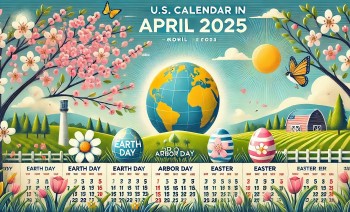 U.S. Calendar in April 2025: List of Holidays, Festivals, and International Events U.S. Calendar in April 2025: List of Holidays, Festivals, and International Events April in the U.S. is full of life, marked by holidays, observances, and seasonal events. Explore key federal holidays, special themes, and global celebrations that ... |


